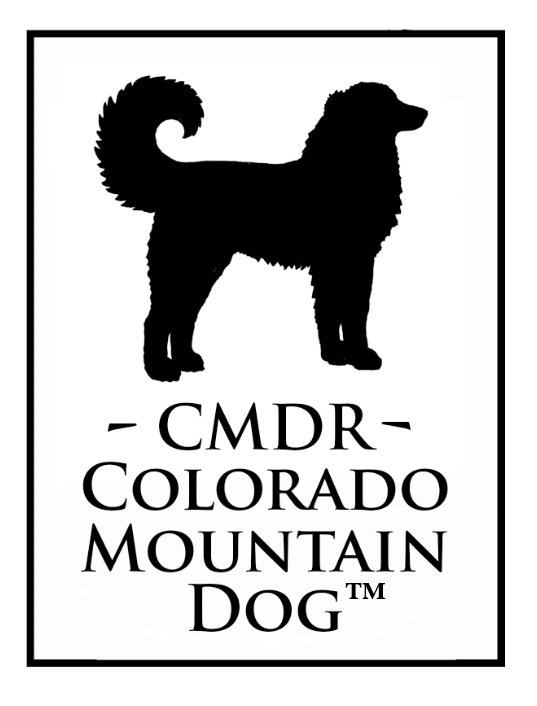~ Articles ~
Color Breeding
Color Breeding
It’s tough to do color breeding right, but it can be done. As the host of a Kiko Goat social media page with nearly 12,000 members, and years of involvement with many other animals, I see color breeding debated across many domestic breeds. While striking colors—like a sleek black horse or a rare blue-coated dog—can capture our hearts, most breed organizations and registries caution that prioritizing color often signals inexperience and can compromise a breed or programs’s health, diversity, and function. If you want to add color to your priorities, here are some points to consider:
1. Master the Breed First: Spend years honing expertise in a breed’s standards—conformation, temperament, and purpose—before pursuing color. New breeders who focus on color early often miss the depth needed for a sustainable program, and they model substandard breeding practices for those who are coming into a breed. Many breeders who are drawn to breed standard, after spending time in solid breeder development, will find that their desire for this or that color vanishes. But some will still have the vision, and at that time can bring it into reality in the context of a solid program.
2. Protect Genetic Diversity: Setting a recessive color demands a large number of animals and careful planning to avoid harming genetic diversity. This displaces the effort needed to focus on the more important task of establishing breed standard. Overemphasizing color can elevate inbreeding levels and therefore also displace the limited amount of line-breeding a breed can do in breed development.
— It is critical that people understand this from the perspective of a breed as a whole — our color lines are becoming over-produced, and they are limiting what solid breeders can do with the classic lines that carry the traits we are striving for. Line-breeding capacity is limited in a breed, and this limited window should not be spent on lesser priorities like color, but on core traits of the standard. —
3. Keep Function First: A beautiful dog with compromised genetics, either in function, type, or inbreeding percentages, sets a program back. Don’t be tempted to breed for flash, attention, money, emotion, or to be a standout…. work the standard… set it as the north star. Keep future generations in mind. Be a team player. Add color when you are an experienced breeder in all aspects of genetics, have the mileage, are in touch with the breed community, and registry goals. Focus on breed standard —color can come much later, as a complement to excellence. Be guided by lasting quality, not fleeting trends. “#BlueColoradoMountainDog” can be a red flag… unless a breeder is deeply experienced, and has truly made color the dessert and not the meal.
